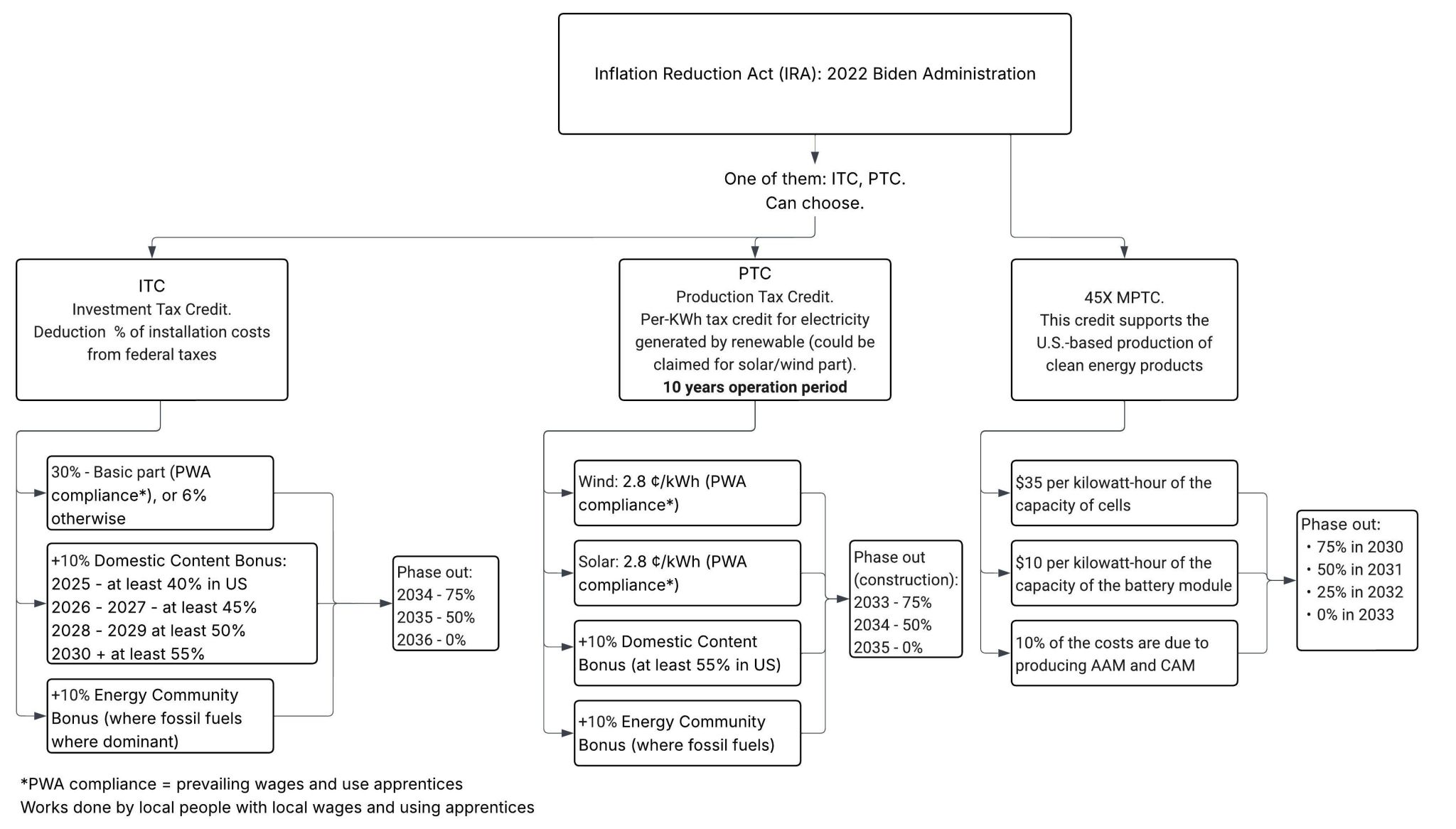Disruption vs. Incremental Shifts in Innovation
In the world of innovation, there's a stark differentiation between disruptive and incremental. The latter involves tweaks, gradually adding value with each iteration. In contrast, disruptive innovations, like Uber, transform industries, often rendering old ways obsolete.
A disruption can emerge from the high-importance but low-satisfaction quadrant (top left corner). Sometimes, they can even redefine satisfaction levels in a market, shifting leading products' positions and altering the satisfaction scale.
In essence, the importance vs. satisfaction framework is a tool that aids product managers in navigating the vast ocean of customer needs, steering them towards opportunities brimming with untapped value.
Disruptive innovation can be likened to an underdog story in the business world. It's the game-changing approach where new entrants, often overlooked, introduce simpler and cost-effective solutions, especially catering to neglected or overlooked market segments. While the big players are engrossed in enhancing their offerings for their established clientele, they inadvertently create a vacuum for these market disruptors. This inattention allows budding businesses or fresh market players to cater to this overlooked demographic with user-friendly and wallet-friendly alternatives.
In contrast, sustaining innovation is about refining and enhancing what already exists. It doesn't seek to revolutionize but rather to evolve and enhance, based on the demands of an existing customer base. It's like CD manufacturers enhancing CDs to be more robust, holding more music and being resistant to wear and tear. But when a company brings in digital downloads, bypassing the need for CDs altogether, that's where disruptive innovation comes into play.
The Essentials of Disruptive Innovation
Disruptive innovation isn't just about having a groundbreaking idea; it's about tapping into overlooked market segments and leveraging technology to transform traditional products into more affordable and user-friendly alternatives. For an innovation to truly be disruptive, the entire ecosystem of partners—be it suppliers, contractors, or distributors—must also derive value from this shift. Delving deeper, here are the foundational pillars of disruptive innovation:
1. Enabling Technology: At its core, enabling technology signifies innovations that drastically alter or enhance the way businesses operate or how consumers interact with products. In the realm of disruptive innovation, this technology paves the way for making products more accessible and cost-effective to a wider audience. The pace at which a market undergoes disruption is often linked to the rate of technological advancements and its subsequent refinements. However, it's crucial to note that the swiftness of the disruption doesn't always correlate with its overall success.
2. Pioneering Business Model: This refers to a unique approach that leverages innovations to cater to previously untapped or lower-tier consumers. Traditional businesses often sideline these segments due to their perceived lower profitability or because their offerings don't resonate with this demographic, either due to cost or complexity. Disruptors capitalize on this gap by offering simpler, more affordable solutions, often with a business model diverging from the industry norm.
3. Coherent Value Network: This encompasses the interlinked businesses that stand to gain from a disruptive shift. This could be distributors, suppliers, or even vendors. To ensure the success of the disruption, these entities might need to modify their operations or undergo restructuring to align with the innovator's vision. It's imperative for all stakeholders within this network to be on the same page regarding the disruptive strategy. Failing to do so can lead to mismatches in processes, ultimately hindering the overarching goal of disruption.
Examples of disruption innovations:
Amazon:
A quintessential tale of internet-driven disruptive innovation can be seen in the transformation of the book retail sector. Established bookstore giants struggled against Amazon (AMZN) as it showcased its inventory without the overhead of brick-and-mortar stores in every locale, offering doorstep delivery for customers. Prior to the e-commerce revolution, readers primarily turned to renowned bookstores like Barnes & Noble or the bygone Borders.
Amazon's rise to prominence coincided with an increase in its profits and market dominance, relegating many traditional bookstores to obscurity or closure. Since its inception, Amazon harnessed the internet's potential, evolving into a comprehensive online marketplace where even groceries are just a click away. This behemoth's journey began in a modest garage, catering to a then-niche community of online book buyers
Netflix
Netflix (NFLX) emerged as a force of disruption in the entertainment industry. In an era dominated by VHS tapes and DVD rentals from countless physical stores, Netflix, spotting the burgeoning trend of online shopping, introduced a novel concept. They harnessed the internet's expansive reach, allowing users to browse their vast DVD collection, rent without the usual constraints of availability, and enjoy the convenience of home deliveries.
The consequences of Netflix's entry were profound. Blockbuster, once boasting a staggering presence with over 9,000 outlets, dwindled down to a solitary store.
But Netflix's story of innovation didn't halt at DVDs-by-mail. Adapting to changing consumer preferences and technological advancements, they pivoted, launching their streaming service. This move, in essence, was Netflix disrupting its own status quo. However, success breeds competition. Several players now mirror Netflix's streaming model, chipping away at its market dominance. It remains to be seen how Netflix's saga will unfold in the future, but its legacy as a disruptor is undeniable.
Conclusion
In the vast seascape of innovation, there are gentle waves that bring gradual changes and fierce tsunamis that reshape the entire landscape. Incremental innovation is akin to the former, consistently building upon existing frameworks and refining them. On the other hand, disruptive innovation is the powerful wave that can redefine industries and overthrow established norms, setting a new course for the future.





